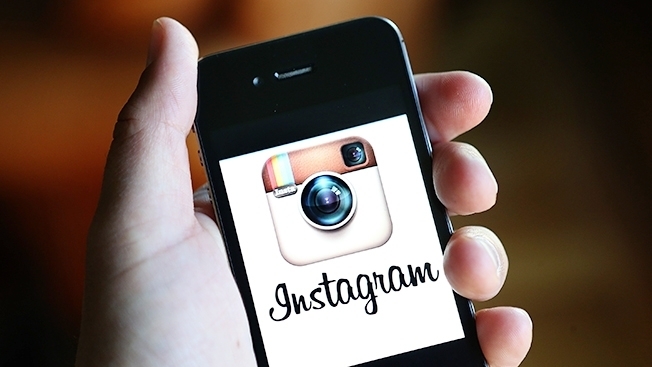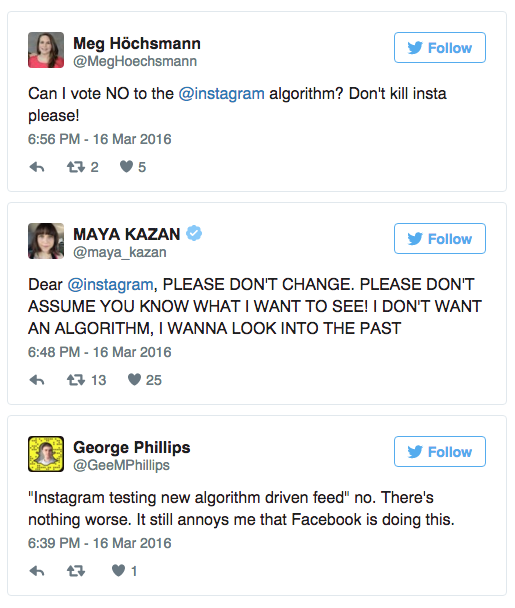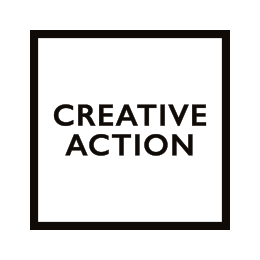

INSTAGRAM has more than 400 million monthly users and a growing number of advertisers, Instagram is adding an algorithm that reorders pictures and videos in users’ feeds based on their interests. It’s a move marketers say was inevitable, as the photo-sharing app builds out its ad business and takes a page from sister company Facebook’s playbook, even if it irks Instagram’s core users.
“Maybe it’s dramatic to call it the death of organic social, but increasingly, we’re telling our clients, ‘If you’re not going to put money behind promoting your content, organic engagement is a real tough thing to produce sustainably, I’m sure there are going to be plenty of people who feel like they’ve potentially been baited and switched again by Facebook [with] building an audience of followers on their account and having to struggle with a pay-to-reach [model], but a lot of us view it as something that was inevitable,”
said Kyle Bunch, managing director of social at R/GA.
According to Instagram, users miss 70 percent of the posts that show up in their feeds, meaning they only see 30 percent of the content posted by users and brands they follow. Bunch said those numbers are in line with what brands are seeing, too. According to a report from Forrester Research last year, Instagram engagement slipped significantly between 2014 and 2015, but the social platform still outperforms Twitter, Facebook, Pinterest, LinkedIn and Google+.
“We’ve certainly seen times where the average user that may be older or newer to Instagram may not be following as many people, so they may see a higher percentage of our content. But I think 30 percent sounds about right,”
Bunch said.
“I know [engagement] numbers are lower on Twitter, but [when] you get into this algorithm versus the full brunt of the feed, you can only consume so much.”
When Instagram first opened its ad business in 2013 with a handful of brands, each paid post was vetted personally by CEO Kevin Systrom. That type of approach means Instagram isn’t likely to make drastic changes to feeds, according to 360i’s vp of social marketing and strategy Orli LeWinter.
“I don’t believe Instagram will go full-fledge Facebook with its suppression of all organic reach for content,” she said. “The Instagram community is just different and expects a level of authenticity and accessibility that isn’t reflected on Facebook.”
Still, there has been a noticeable decrease in the quality of creative since Instagram pulled the switch on a full-blown ad model last year. And the news that the app was developing an algorithm has already set off a string of complaints on Twitter.
“The moment when an Instagram ad starts looking like a banner, the ‘unfollows’ will come,” said Larry Lac, director of social media marketing at Havas Worldwide.
Matt Lang, senior social strategist at Rain, added,
“We are planning to layer in a more rigorous creative lens in our production and media-strategy planning so that we can create more interesting and unique visual form factors.”
That said, Tom Buontempo, president of KBS’ Attention, thinks there are also ways for Instagram to differentiate its algorithm from Facebook’s.
“As a much more simple visual and mobile-first platform, it’ll be interesting to see if Instagram will factor image recognition and location into relevance to make up for lack of sophistication or if it’ll rely on Facebook data,”
he said.
It’s not clear how Instagram will prioritise which posts get pushed into news feeds other than that they’ll be based on users’ interests and will likely incentivise brands to run posts as ads.
“One of the criticisms of other social media algorithms is that they artificially promote paid advertising content,”
said HelloWorld’s vp of strategic services Matt Kates.
“One of the reasons people love using Instagram is the organic nature of content sharing and compromising that may undermine user love.”
On the other hand, Kevin Del Rosario, associate director of social at Huge, argued that the impending algorithm won’t hurt brands.
“If we’re creating content that is truly relevant and engaging for our fans, we hope that any algorithm won’t hurt our chances of reaching fans,”
he said.
Blog content credit of Lauren Johnson – Staff writer for AdWeek.
Algorithms were made to cut out the clutter, so it urged brands to 'cut the crap' in terms of content, too.
Kevin Del Rosario, Associate Director of Social at Huge.



